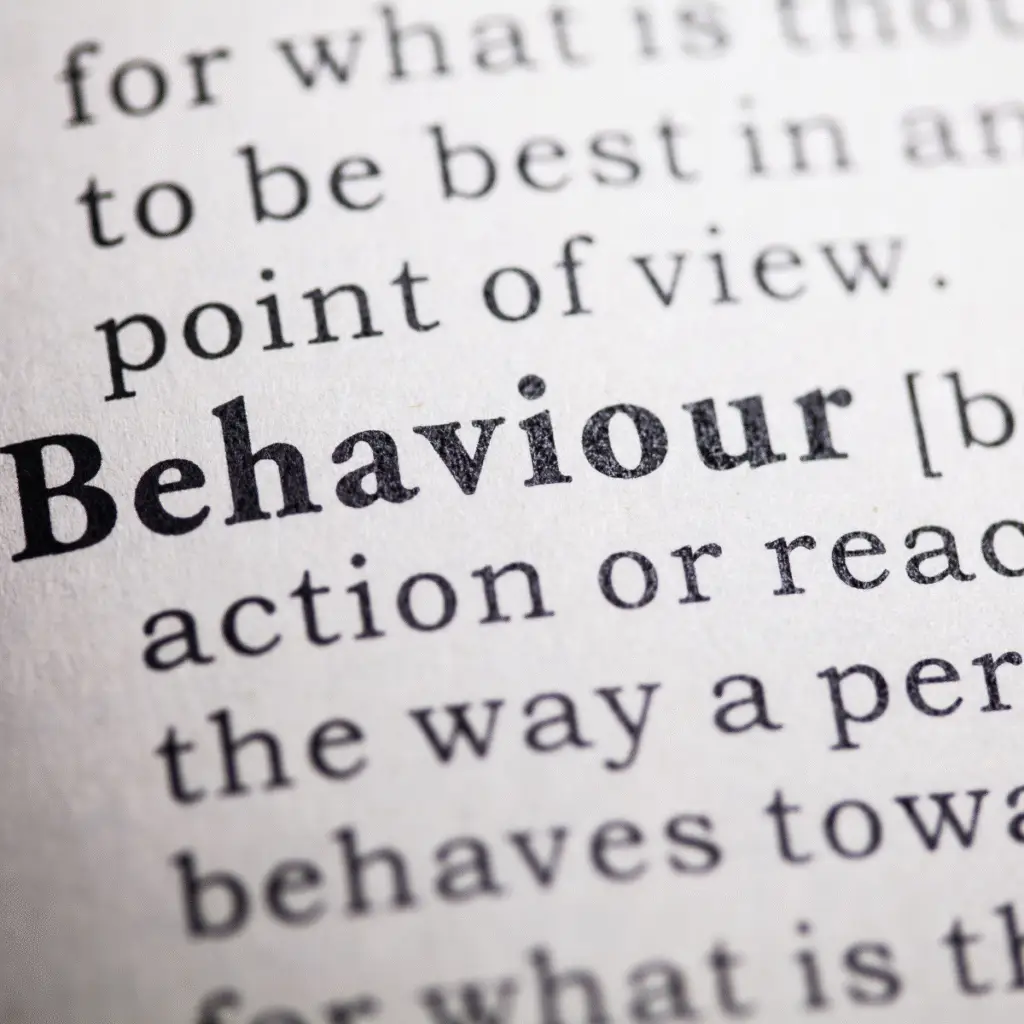In most change programs, measurement starts with what’s easiest to capture:
- How many people attended training
- How many completed e-learning
- How many responded to a survey
Useful? Yes. Complete? Not even close.
Those numbers tell us who showed up, not who actually changed how they work.
That’s where behavioural measurements come in. Instead of focusing on outputs, they focus on what people do differently. They reveal whether new ways of working are being embedded into daily routines, decision-making, and team dynamics.

What Do We Mean by Behavioural Measurements?
Behavioural measures are observable actions that signal change is taking root. Unlike attendance or click-throughs, they show whether people are applying, experimenting, and building confidence in new practices.
Some practical examples include:
- Employees using new digital workflows instead of paper forms
- Leaders starting meetings with safety or customer-first priorities that reflect new values
- Teams creating their own guides or shortcuts to help colleagues navigate a new system
- Managers reallocating rosters or shifts through the new platform, not “offline” spreadsheets
- A reduction in escalation calls because staff can resolve issues using the new process
These are small signals, but together they tell a powerful story.
How We’ve Applied Them in Practice
At Enable Change Partners, we’ve built behavioural measurement into several large-scale implementations. Here’s what we’ve learned:
1. Define success in behavioural terms, early.
Before a new ERP went live, we asked: What would success look like in daily behaviour? For payroll, it meant managers approving timesheets on the system without falling back to paper. For staff, it meant updating availability themselves, not relying on emails to supervisors.
2. Create safe ways to observe behaviour.
We combined data from system dashboards (feature usage, frequency of logins) with on-the-ground observation. For example, shadowing frontline workers showed us that while logins were high, many were still screenshotting schedules to stick on the noticeboard. That revealed a trust gap in the system, not just a training issue.
3. Use behaviour to guide conversations, not just track compliance.
We ran monthly reflections with teams, asking: What’s becoming easier? What’s still clunky? By focusing on observed behaviour, people could connect the data to their lived experience. This created space for honest dialogue and quicker adjustments.
The Benefits of Measuring Behaviour
- Deeper insight: We see the difference between surface-level engagement and real adoption.
- Early warnings: If people are slipping back to old habits, we can step in before it becomes the norm.
- Shared ownership: Teams start recognising and celebrating their own progress.
- Clear ROI: Linking behaviours to outcomes (e.g. fewer errors, faster approvals, reduced overtime) makes the value of change visible to leaders.

Change doesn’t succeed because people attended training. It succeeds when they try, adapt, and live the new way of working.
By shifting our focus from what’s tidy to track, to what’s meaningful to observe, we move closer to what change is really about: people embedding new habits and building belief in a different future.
What’s one behaviour you’ve seen in your organisation that showed you real change was happening?

